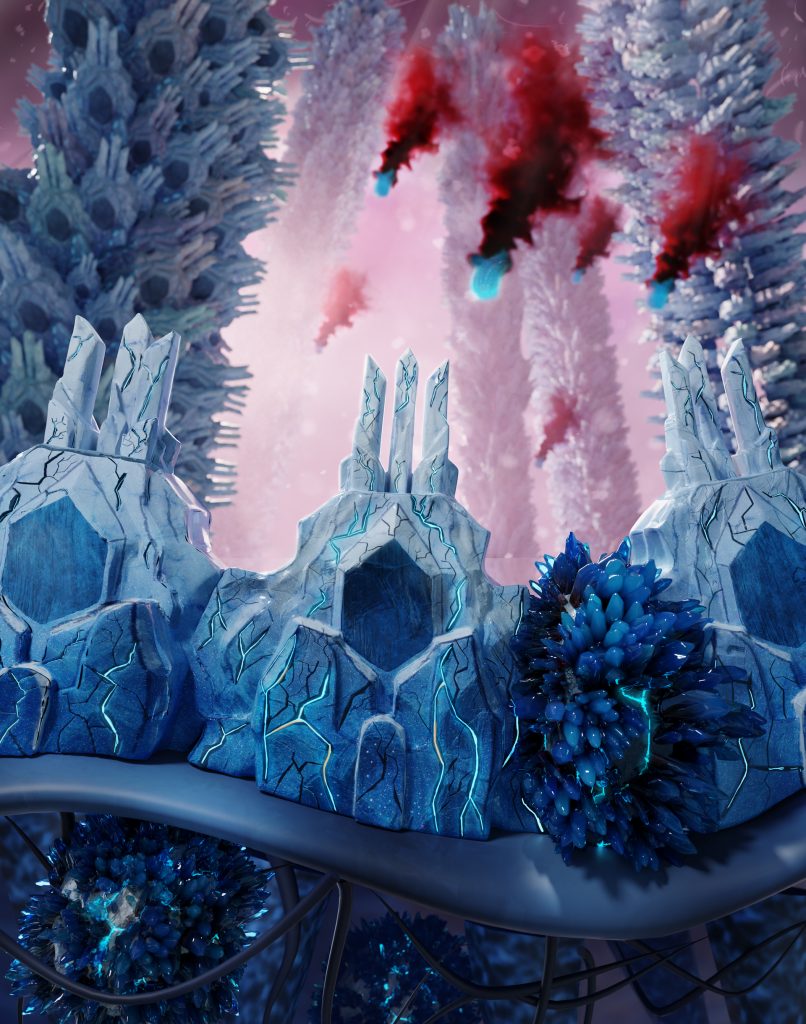Food Allergies
Millions of Americans suffer from food allergies. Their allergic reactions can range from itching and a slight rash to rapid swelling and deadly anaphylactic shock. Common food allergens are cow’s milk, peanuts, tree nuts, shellfish, eggs, wheat and soy.
Food allergies often begin in childhood. In fact, according to the U.S. Centers for Disease Control and Prevention, 8 percent of children have a food allergy. Nearly half of these children will end up in the emergency room for food allergy treatment at some point.
There is no cure for food allergies. Over-the-counter antihistamines can help treat minor symptoms. Severe reactions require an emergency epinephrine injection and physician evaluation. Recent studies show that oral immunotherapy, where patients receive small doses of the food they are allergic to, may be promising.
Our Approach
Researchers at La Jolla Institute for Immunology (LJI) study the root causes of food allergies with the goal of guiding novel therapeutics.
Researchers in the laboratory of LJI Professor Bjoern Peters, Ph.D., have advanced our understanding of pediatric cow’s milk allergy. This allergy is very common, but its origins are a mystery. Adding to the mystery is the fact that around 80 percent of children with a cow’s milk allergy see the allergy disappear by adulthood. With support from the Institute’s Tullie and Rickey Families SPARK Awards program, via the Rosemary Kraemer Raitt Foundation., Peters Lab member Sloan Lewis, Ph.D., and her colleagues investigated how T cells in blood samples from allergic children responded to proteins in cow’s milk, and she tracked down which proteins sent T cells into attack mode. Drs. Peters and Lewis then compared T cell responses from these patients to T cell responses from pediatric patients with other food allergies—but not milk allergy. This investigation revealed T cell characteristics only seen in kids with cow’s milk allergy—an immune signature that may prove useful in designing a future diagnostic. [Read the study]
In his career at LJI, Professor Emeritus Toshiaki Kawakami, M.D., Ph.D., and his team studied the activity of specific cells found in mucosal and connective tissues, called mast cells, in response to allergens from food. Mast cells can respond to allergens by triggering a range of symptoms and signs—from itching, wheezing, and sneezing to life-threatening anaphylaxis.
Dr. Kawakami and his colleagues made significant progress in dissecting the complex network of signaling molecules involved in the early phase of mast cell activation. During allergic reactions, mast cells can be activated by an immune molecule called immunoglobulin E (IgE). For a long time, scientists believed that allergens ramp up levels of antibodies called immunoglobulin E (or IgE), which then bind to mast cells. They thought that when an allergen touches IgE, mast cells release histamine, the chemical that then drives inflammation and itching.
Dr. Kawakami’s work suggested that allergen levels are often too low to activate mast cells through this pathway. Instead, a 2017 study from his lab showed an important role for a small protein named histamine-releasing factor (HRF). This research confirms that HRF is triggered by allergens to bind to IgE. The two molecules then work together to activate mast cells and boost inflammation. This research fueled further work to develop potent HRF inhibitors to prevent anaphylaxis and test them in mouse models.
Learn more:
Related News
- Immune Matters
Research Projects
Pediatric Milk Allergy: To study the frequency and phenotype of milk allergen-specific T cells in cohorts with different disease manifestations and define molecular markers of disease status and progression to [...]
Since their finding of ‘monomeric IgE effects’ on mast cell survival in 2001, Dr. Kawakami and associates have shown that IgEs exhibit a tremendous heterogeneity in their ability to induce [...]


